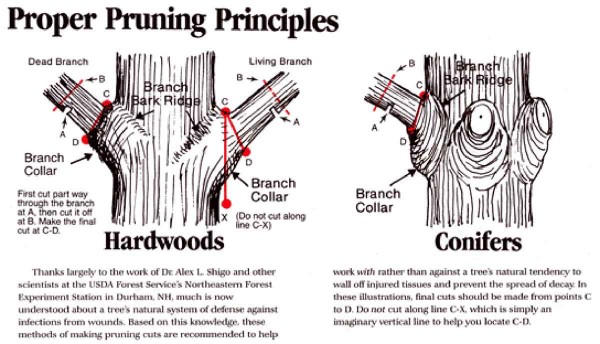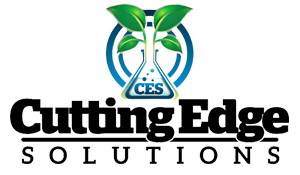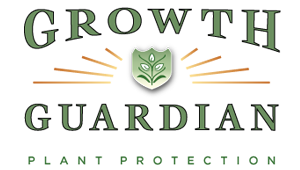
The answer to the question of whether to prune or not to prune is a perennial one debated among novice and experienced gardeners alike. Many growers are unsure of whether, when and how to best prune their plants. Making an informed decision about whether or not to prune requires a little research on that type of plant but is well worth the time spent, as it can ensure a healthier, more vigorous plant with more fruit production and root development. Learning about both sides of the story about pruning can help you make the right decision for your garden.
Arguments Against Pruning
Opponents of plant pruning argue that pruning a plant opens up a path for disease and parasites such as insects and worms that feed on the plant. If too many leaves are removed from a plant, it could experience problems such as scorched stems and leaves, which decrease the amount of photosynthesis it is able to perform and could cause more damage, slower growth or even death of the plant. Cutting off the lower leaves of a plant could also decrease the amount of nutrients the plant is able to store, which could result in slower growth, smaller or less mature fruits.
Benefits of Pruning
Proponents of pruning the lower leaves off the main stem of a plant argue that this allows the plant to devote more energy to growth of the main stem and any fruits instead of simply growing more leaves. Those lower small deviations from the main plant are often called suckers, because they “suck” energy away from the plant. Removing the energy drain may benefit the grower with larger and more plentiful fruits come harvest season. In the case of some plants, such as tomatoes, pruning the plant might allow the fruits to ripen sooner so that none of the harvest is lost to frost late in the season.
Understanding Your Plants
Before getting out your clippers, it is necessary to understand what type of plant you have. In the case of tomato plants, only indeterminate plants are candidates for pruning the suckers or lower leaves. Indeterminate tomato plants are large in size and are typically the kind grown in home gardens. These plants grow quickly and lushly, so removal of a few suckers, in the vast majority of cases, will not harm the plant.
Making Your Decision
If your plants are healthy and show no signs of disease or sun scorch, pruning a few of the suckers from the bottom of the plant should do little to no harm. If the fruits are already developing on the plant, pruning the suckers could result in larger and more fruits harvested at the end of the growing season. Removing a few of the suckers at a time, starting with the lowest ones on the plant is an ideal way to begin. If the plant shows any signs of distress, do not pinch off any more of the suckers.
Gardening is both art and science. Newbie gardeners and experienced ones alike learn something new each season. If you prune your plant and it turns out to have an undesirable result, it will provide you with a genuine learning experience upon which you can grow and apply to the next growing season. From experience we have found that Fiskars are the best scissors used for pruning and recommend cleaning them before you use them to prevent spreading disease from plant to plant.





















 © 2017
© 2017
Recent Reviews